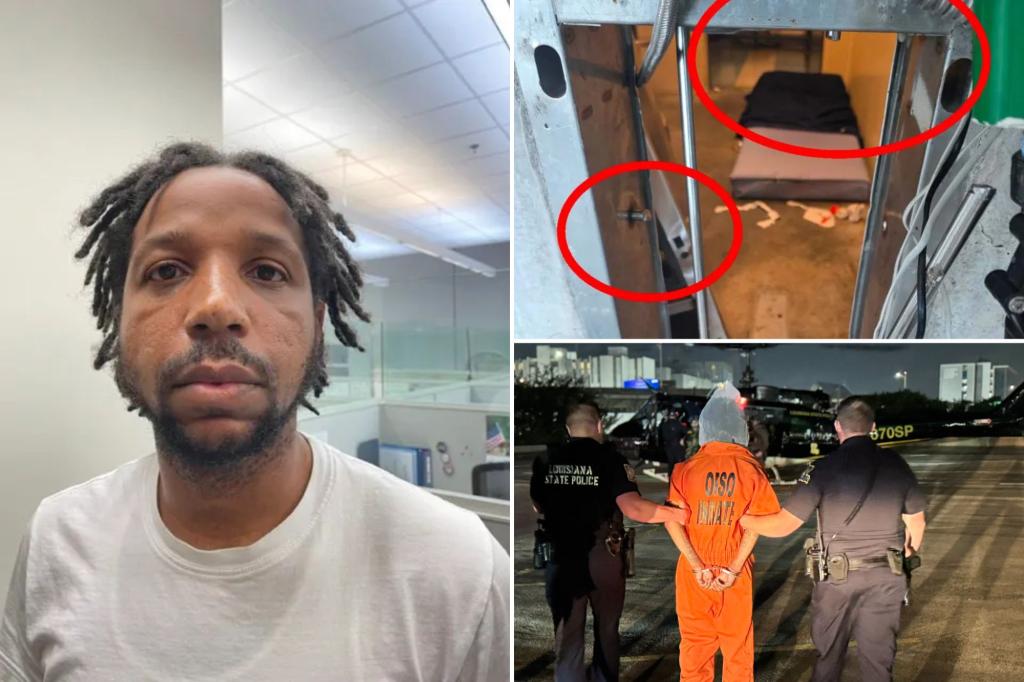Unraveling a Disturbing Rampage: The Blue-Haired Suspect Who Terrorized NYC
New York City residents were left shaken this week after a blue-haired suspect allegedly assaulted four women—including a blind pedestrian—and set a bystander’s hair on fire in a series of unprovoked attacks. The rampage, which occurred between Tuesday afternoon and Wednesday evening across Manhattan and Brooklyn, has prompted an NYPD manhunt and raised urgent questions about public safety and mental health crises in urban areas.
Chronology of Terror: Tracking the Suspect’s Movements
According to police reports, the first incident occurred near Union Square at approximately 3:45 PM Tuesday. Surveillance footage shows a woman with bright blue hair shoving a 62-year-old grandmother into oncoming traffic before fleeing. Just two hours later, witnesses reported seeing the same individual slap a cell phone out of a tourist’s hands near Times Square, then kick her shins repeatedly.
The attacks escalated dramatically on Wednesday morning when the suspect allegedly:
- Punched a blind woman’s service dog in the head near Columbus Circle
- Snatched the cane from 68-year-old visually impaired Martha Chen, causing her to fall
- Used a lighter to ignite the ponytail of a college student waiting at a Brooklyn bus stop
“This wasn’t random opportunism—it was a calculated campaign of terror,” said NYPD Chief of Detectives Joseph Durante during a press conference. “The suspect deliberately targeted vulnerable individuals and escalated violence with each encounter.”
Psychological Profile: Understanding the Blue-Haired Suspect
Behavioral analysts suggest the suspect’s distinctive appearance and pattern of attacks may indicate underlying mental health issues. Dr. Ellen Voss, a forensic psychologist at Columbia University, notes that brightly colored hair in such cases often represents either a cry for help or a deliberate attempt to be memorable.
“When perpetrators don’t attempt to conceal their identity, it typically signals one of three things,” Dr. Voss explained. “Either they want to be caught, they’re experiencing a psychotic break with reality, or they’re making a twisted statement about their place in society.”
NYPD data reveals troubling context for such incidents:
- Unprovoked assaults in NYC increased 27% since 2019
- Mental health-related 911 calls rose 41% over the same period
- Only 18% of street assailants receive psychiatric evaluation after arrest
Community Outrage and Systemic Failures
The attack on Martha Chen, the blind assault victim, has drawn particular condemnation. “I heard her laughing as I felt for my cane,” Chen recounted from her hospital bed, where she was treated for a fractured wrist. “That sound—it wasn’t human. It was like something from a nightmare.”
Community advocates point to broader systemic issues. “This isn’t just about one disturbed individual,” said Rayna Gonzalez of Safe Streets NYC. “Our shelters are overflowing, our mental health services are underfunded, and our streets have become pressure cookers waiting to explode.”
Meanwhile, business owners near the attack sites report increased security measures. “We’ve installed three new cameras since Wednesday,” said Deli owner Samir Khouri near the Brooklyn bus stop incident. “But cameras don’t stop crazy—they just record it.”
NYPD Manhunt and Public Safety Measures
As of Friday morning, the NYPD has:
- Released four clear surveillance images of the suspect
- Assigned twelve detectives to the case
- Increased patrols near transit hubs and senior centers
Police describe the suspect as a 5’7″ woman in her late 20s or early 30s with neon blue hair, multiple facial piercings, and distinctive forearm tattoos of musical notes. She was last seen wearing a torn Black Flag band t-shirt and green cargo pants.
“We will find this person,” promised Commissioner Edward Caban. “But New Yorkers need to remain vigilant—if you see something, say something immediately.”
Broader Implications for Urban Safety
This case has reignited debates about how major cities handle mental health crises in public spaces. A 2022 Urban Policy Institute study found that:
- 72% of violent street encounters involve untreated mental illness
- Only 14% of cities have adequate crisis intervention teams
- Emergency psychiatric hold laws vary wildly between jurisdictions
Mayor Eric Adams has faced criticism for recent budget cuts to mental health services even as he pledged to “get dangerous individuals off our streets.” The administration now faces mounting pressure to reconcile these competing priorities.
What Comes Next in the Investigation
Authorities urge anyone with information to contact the NYPD tip line (1-800-577-TIPS). With the suspect still at large, self-defense instructors report a surge in interest from concerned residents.
“This case will either end with an arrest or another tragedy,” predicts former FBI profiler Mark Stephens. “That hair makes her conspicuous, but in a city of 8 million, even the most visible needle can hide in the urban haystack.”
For now, New Yorkers move through their streets with renewed wariness—another layer of tension in a city already grappling with the delicate balance between compassion and public safety. The victims’ road to recovery begins as the hunt for answers—and the blue-haired suspect—continues.
See more Update My News



